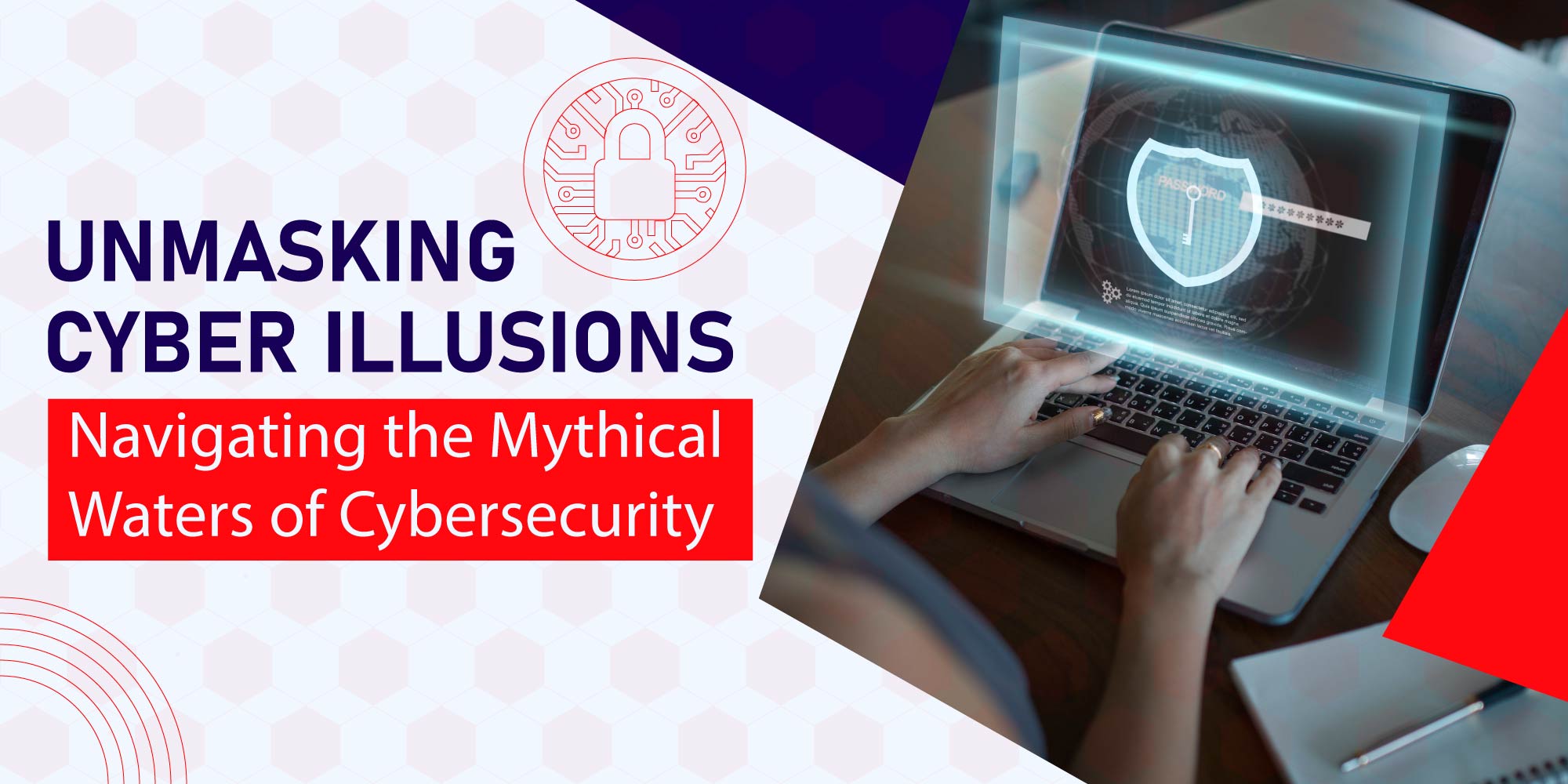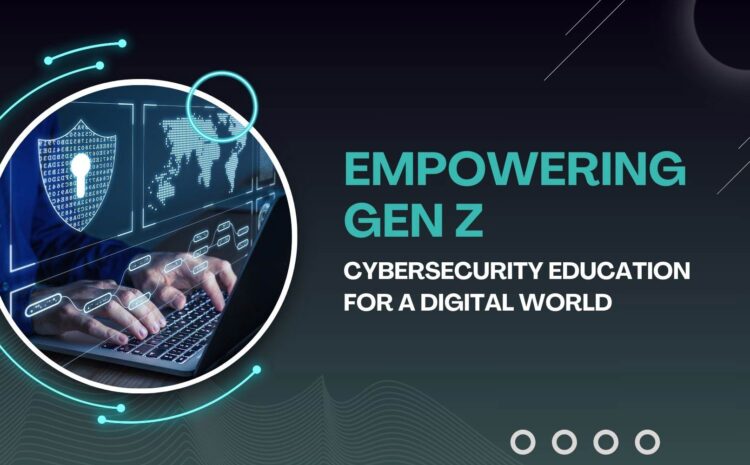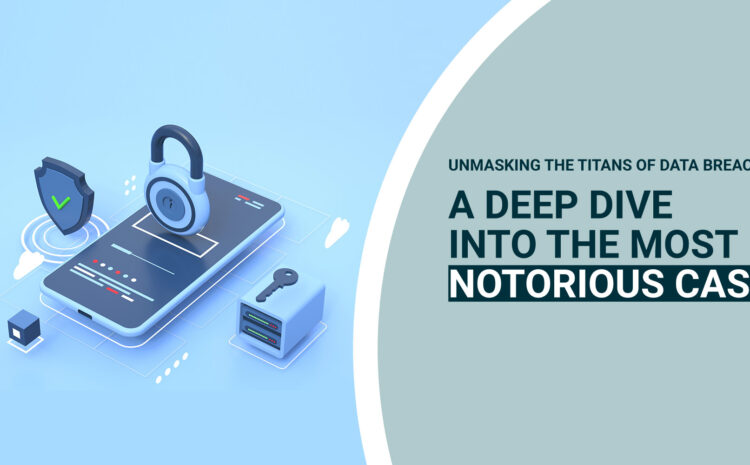Welcome, cyber enthusiasts! Get ready for an exhilarating dive into the heart of cybersecurity myths. In this blog, we’ll unravel misconceptions, debunk illusions, and equip you to navigate the digital realm with confidence. Let’s separate fact from fiction and fortify our cyber defenses. Ready to embark on this myth-busting journey? Let’s dive in!
In the ever-evolving landscape of technology, the importance of cybersecurity cannot be overstated. However, as we navigate the digital realm, some several myths and misconceptions continue to linger, potentially putting individuals and organizations at risk. It’s time to debunk these illusions and embrace a more informed approach to cybersecurity.
Myth 1: “I’m not a target, so I don’t need to worry.”
Reality: In the eyes of cybercriminals, everyone is a potential target. The vast array of cyber threats, from phishing scams to ransomware attacks, targets individuals, small businesses, and large corporations alike. The misconception that only large organizations or those with sensitive data are at risk stems from a lack of understanding of how cybercriminals operate. They often focus on easy targets, exploiting vulnerabilities in outdated software or human error.
Myth 2: “Antivirus software is all I need to stay safe.”
Reality: While antivirus software is a valuable tool, it’s not a panacea for cybersecurity. Cyber threats are constantly evolving, and antivirus software can only detect known threats. A comprehensive cybersecurity strategy requires a layered approach, including strong passwords, multi-factor authentication, regular software updates, and user education.
Myth 3: “I have a strong password, so my accounts are secure.”
Reality: Strong passwords are essential, but relying solely on them is a mistake. Cybercriminals employ various techniques, such as brute-force attacks and social engineering, to crack passwords. Multi-factor authentication adds an extra layer of protection by requiring additional verification, such as a code sent to your phone or email, to access an account.
Myth 4: “My organization’s IT department handles everything.”
Reality: Cybersecurity is not just the responsibility of the IT department; it’s a shared responsibility. Employees play a crucial role in maintaining a secure environment. They can be the first line of defense against cyber threats by recognizing phishing emails, reporting suspicious activity, and adhering to security policies.
Myth 5: “I only visit trusted websites, so I’m safe.”
Reality: Even seemingly trustworthy websites can be compromised. Cybercriminals can inject malicious code into legitimate websites or create fake websites that appear identical to trusted ones. Adopting a cautious approach, verifying website authenticity, and avoiding suspicious links are essential practices to minimize the risk of malware infections.
Myth 6: “Cybersecurity is too complicated and expensive.”
Reality: Implementing a robust cybersecurity strategy may require an initial investment, but the potential costs of a cyber-attack or data breach far outweigh the expense. Many cost-effective solutions and resources are available, making cybersecurity accessible to businesses and individuals of all sizes.
Myth 7: “I can ignore software updates—they’re just annoying pop-ups.”
Reality: Reality: Software updates often include crucial security patches that address vulnerabilities exploited by cybercriminals. Ignoring updates leaves those vulnerabilities open for exploitation. Regularly update operating systems, applications, and security software is a fundamental aspect of cybersecurity.
Dispelling these myths and embracing a proactive approach to cybersecurity is essential for navigating the digital landscape with confidence and resilience. By staying vigilant, educating ourselves and our teams, and adopting a multi-layered security strategy, we can significantly reduce the risk of falling victim to cyber threats.

 Linkedin
Linkedin


